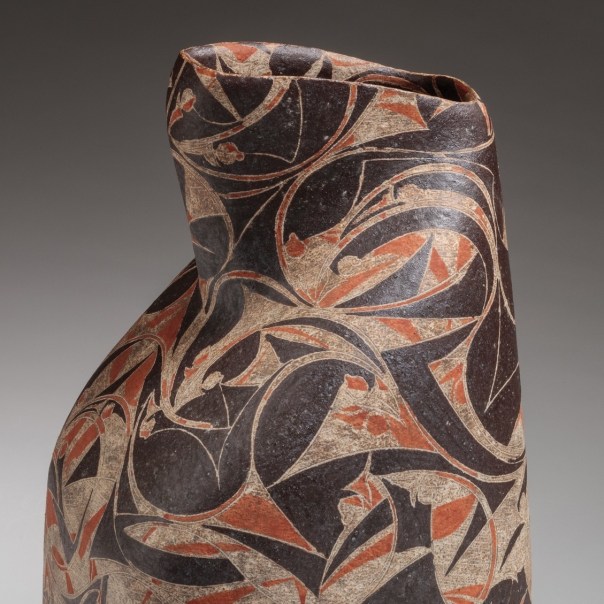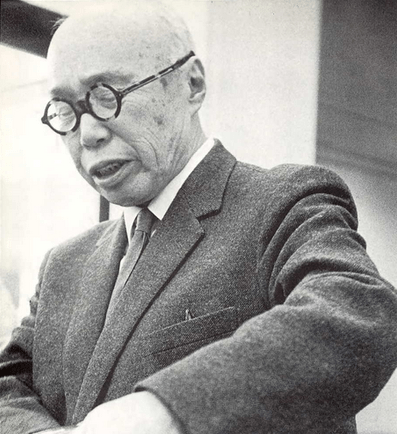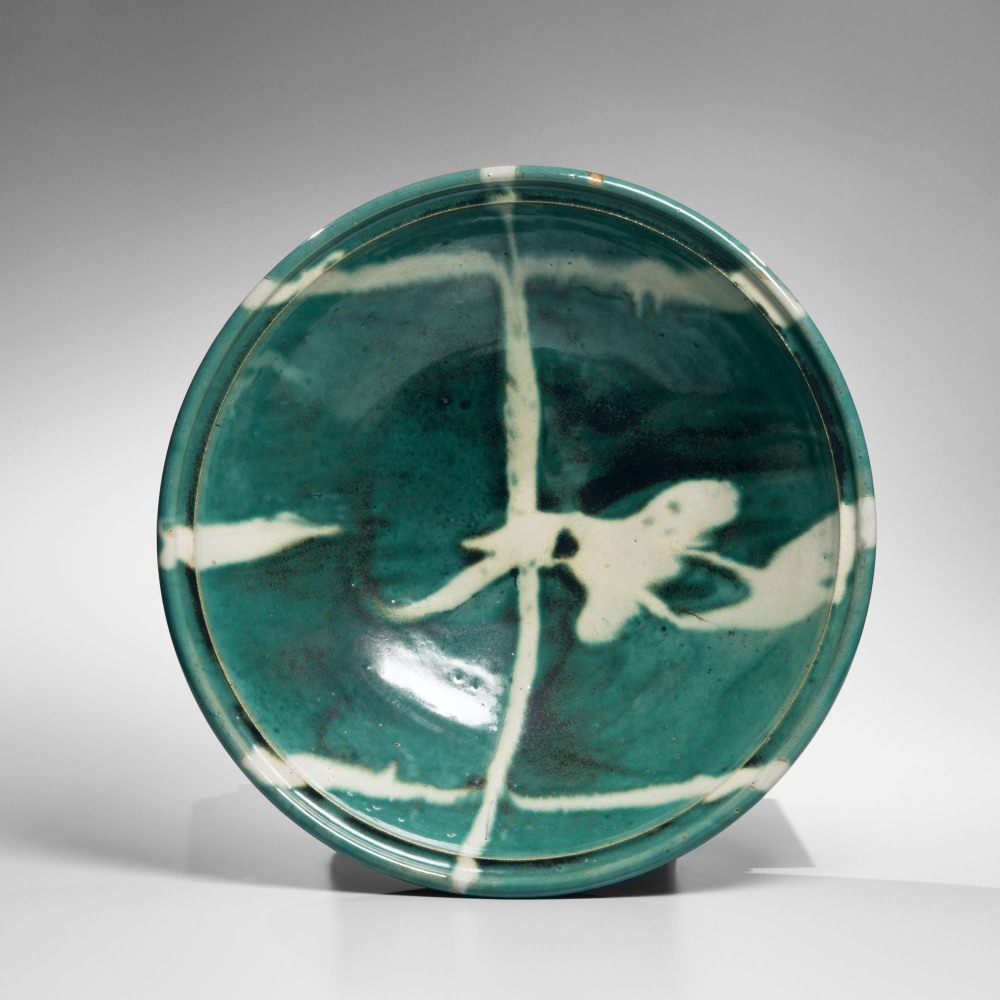


(1894-1978)
HAMADA SHŌJI attained unsurpassed recognition at home and abroad for his simple approach to functional ceramics. Early on he worked with Tomimoto Kenkichi (1886-1963) and Kawai Kanjirō (1890-1966) in Kyoto at the Kyoto Ceramics Research Institute. Inspired by Okinawan and Korean ceramics in particular, Hamada became an important figure in the Mingei (Japanese folk arts) Movement in the 1960s and was a founding member of the Japan Folk Art Association together with Bernard Leach, Kawai Kanjirō, and Yanagi Sōetsu.
After 1923, he moved to Mashiko where he rebuilt farmhouses and established his large workshop. Throughout his life, Hamada demonstrated a wide range of painterly glazing, using such trademark glazes as tenmoku (iron), nuka (rice-husk ash glaze), and kaki (persimmon glaze). Through frequent visits, exhibitions, and demonstrations abroad, Hamada influenced many Western potters and his legacy continues to do so. He was designated a Living National Treasure in 1955.
Very large shallow bowl with nuka (rice-husk) white glaze ground with ladle-poured iron-glazed black trailing design
ca. 1950-1960
Glazed stoneware
19 3/4 x 4 1/2 in.
SOLD
Square bottle-vase with vertical bands and patterning in red and green glazes and persimmon glaze
ca. 1970
Glazed stoneware
9 1/2 x 4 x 4 in.
SOLD
Vessel with resist patterning
ca. 1976
Persimmon-glazed stoneware
10 x 8 1/2 x 8 in.
Inv# 10726
SOLD
Charger
1974
Glazed stoneware
5 3/4 x 21 in.
Inv# 8635
SOLD
Iron-oxide glazed tsubo
ca. 1945-1950
Glazed stoneware
8 7/8 x 9 1/2 in.
Inv# 7380
SOLD
Square bottle vase with dark greenish-black, dripping, painted designs on sides
ca. 1960
Glazed stoneware
9 1/4 x 4 1/8 x 4 1/8 in.
Inv# 8802
SOLD
Curved and flattened jar with creamy white, dark grey and black bleeding glazes
1960
9 3/4 x 9 1/2 x 4 5/8 in.
Inv# 4292
SOLD
Iron-glazed rectangular vessel with nuka-glazed circular medallions with plant motifs and faceted octagonal mouth, ca. 1960
Glazed stoneware
10 x 5 in.
Inv# 9169
SOLD
